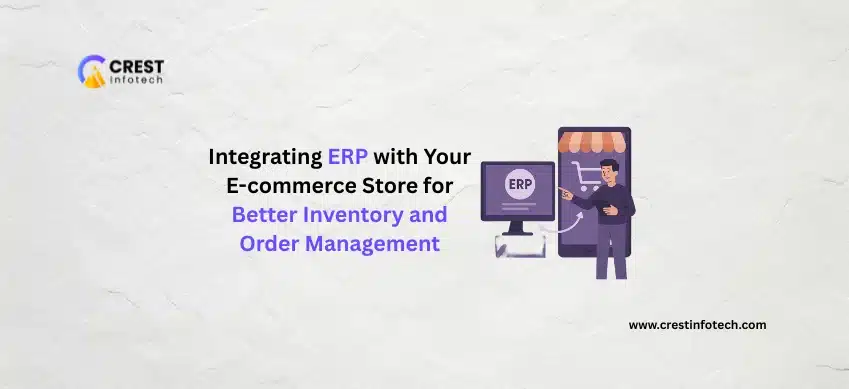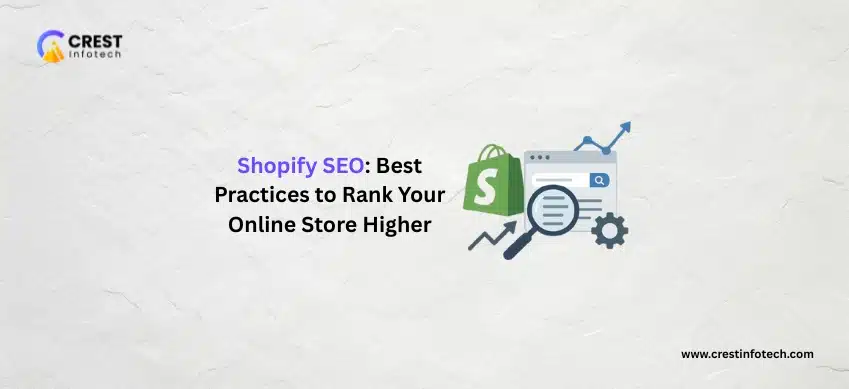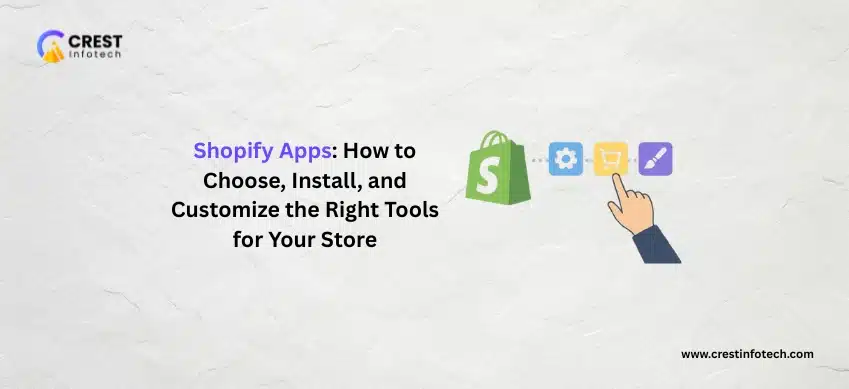Managing inventory and orders manually can slow your business down and cause costly errors. Integrating your e-commerce platform with an ERP (Enterprise Resource Planning) system helps automate operations, reduce stock issues, and scale efficiently. Here’s how and why it matters.
What is ERP Integration?
ERP integration connects your e-commerce store to your ERP system — allowing real-time data sharing between sales, inventory, fulfillment, and finance. It eliminates the need to manually update inventory, track orders, or sync customer data across platforms.
Key Benefits of ERP and E-commerce Integration
1. Real-Time Inventory Management
When a customer places an order, the ERP updates inventory levels instantly — across all sales channels. This reduces overselling and out-of-stock issues, and ensures accurate stock availability at all times.
2. Automated Order Processing
ERP systems can automatically generate invoices, pick lists, and shipping labels once an order is placed. This cuts down on processing time and improves customer satisfaction with faster delivery.
3. Centralized Customer and Product Data
All customer, order, and product details are stored in one place — making it easier to analyze buying behavior, forecast demand, and personalize marketing campaigns.
4. Improved Accounting and Reporting
Sales and transaction data automatically sync with your accounting module. This streamlines bookkeeping, improves tax reporting accuracy, and provides real-time financial insights.
5. Better Scalability
Manual systems can’t keep up as your business grows. ERP integration allows your store to handle higher order volumes without extra admin overhead — freeing up your team to focus on growth.
Popular ERP Systems for E-commerce
Here are some commonly used ERP solutions that integrate with major e-commerce platforms like Shopify, WooCommerce, Magento, and BigCommerce:
- NetSuite: Powerful, cloud-based ERP for fast-growing businesses
- Odoo: Open-source and modular — great for flexibility
- SAP Business One: Robust and widely used in enterprise environments
- Microsoft Dynamics 365: Strong integration with Microsoft tools
- Zoho ERP: Affordable and easy to connect with Zoho ecosystem
How to Approach Integration
Start by identifying what systems need to talk to each other: product catalog, inventory, order data, shipping, and accounting. You can integrate your ERP using:
- Native connectors or apps (some platforms offer built-in ERP plugins)
- Third-party integration tools like Zapier, Celigo, or MuleSoft
- Custom API development (ideal for complex or enterprise setups)
Test thoroughly to avoid sync errors and ensure smooth data flow.
Challenges to Watch For
While ERP integration brings huge benefits, it also comes with some challenges:
- High upfront setup costs (especially for custom integrations)
- Data mapping and migration complexities
- Staff training to adopt new workflows
- Ongoing maintenance and system updates
Working with an experienced integration partner or ERP consultant can reduce risks and speed up the process.
Final Thoughts
Integrating an ERP system with your e-commerce store isn’t just about automation — it’s about unlocking real efficiency, accuracy, and scalability. As online retail grows more complex, smart integration becomes essential for staying competitive. Whether you’re a small brand scaling up or an established retailer looking to streamline, ERP integration is a step toward a smarter, more connected business.



